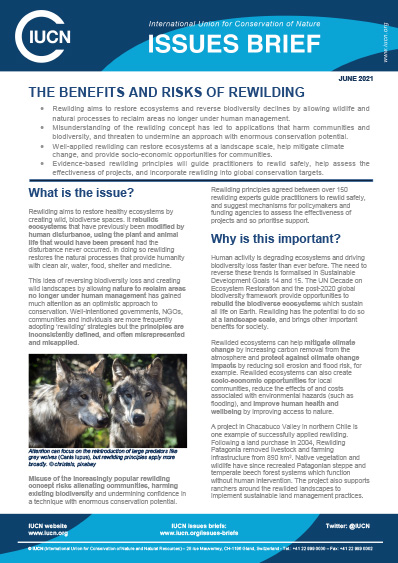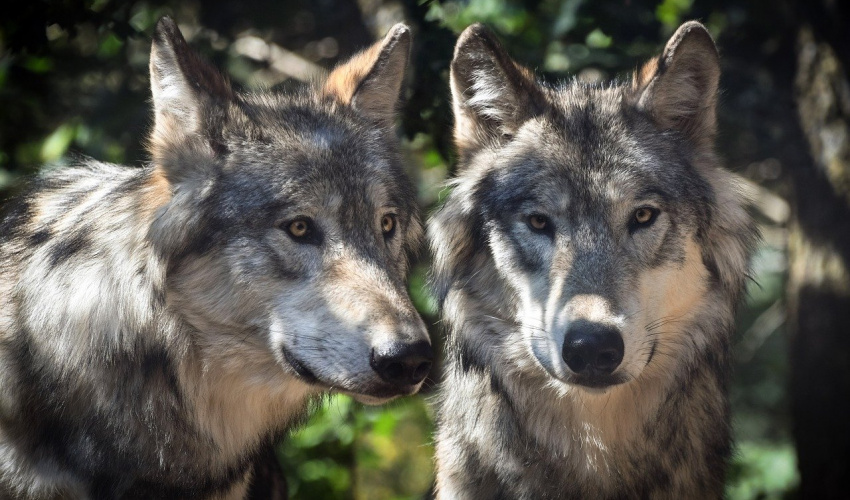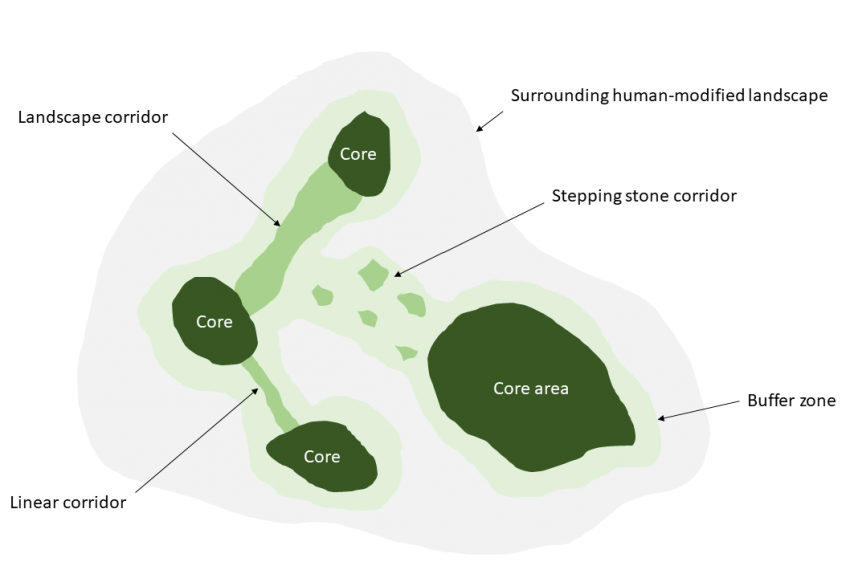What can be done?
IUCN welcomes efforts by governments, conservation agencies and other partners to rewild in certain parts of the world. It stresses the need to consider ecological, economic and societal issues in the development of rewilding initiatives and to engage all relevant stakeholders from the onset. In consultation with over 150 rewilding experts, IUCN’s Commission on Ecosystem Management (CEM) Rewilding Thematic Group (RTG) has developed ten principles to guide rewilding initiatives:
1. Rewilding uses wildlife to restore food webs and food chains.
2. Rewilding plans should identify core rewilded areas, ways to connect them, and ensure outcomes are to the mutual benefit of people and nature.
3. Rewilding requires local engagement and community support.
4. Rewilding focuses on the recovery of ecological processes, interactions and conditions based on similar healthy ecosystems.
5. Rewilding recognises that ecosystems are dynamic and constantly changing.
6. Rewilding should anticipate the effects of climate change and act as a tool to mitigate its impacts.
7. Rewilding is informed by science and considers local knowledge.
8. Rewilding recognises the intrinsic value of all species.
9. Rewilding is adaptive and dependent on monitoring and feedback.
10. Rewilding is a paradigm shift in the coexistence of humans and nature.
These ten principles provide a reference point for rewilding, and support the incorporation of the technique into global conservation targets.
Governments and civil society should consider these principles and follow IUCN's Guidelines for Reintroductions and Other Conservation Translocations throughout rewilding projects. This is one way to ensure that rewilding does not negatively impact the lives and livelihoods of local people, or harm the environment.
While the overall aim is a self-sustaining ecosystem, the rewilding process can involve significant activity and investment. Governments, financial institutions, private funders, and businesses should recognise the potential of evidence-based rewilding. With cross-societal support, this approach to rewilding can offer an effective nature-based solution to help achieve sustainable development. In addition to the ten principles outlined above, actors and investors can apply the IUCN Global Standard for Nature-based Solutions during project design and implementation.




